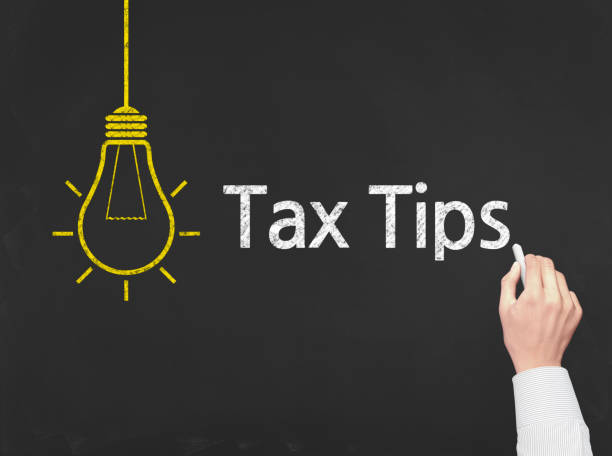Running a business comes with a lot of financial responsibilities, and as a business owner, you’ve probably come across terms like BAS (Business Activity Statement) and IAS (Instalment Activity Statement). While they may sound similar, understanding the differences between these two statements is crucial for maintaining compliance and staying on top of your tax obligations. In this article, we’ll break down the nuances of both BAS and IAS and provide actionable advice to help you navigate through them with ease.
So what is BAS?
Let’s start by demystifying the BAS, shall we? The Business Activity Statement is a form that all Australian businesses use to report and pay their tax liabilities. It’s a summary of all the business taxes you have paid or will pay to the government in a specific period. It can include the following payments, if they apply to your business:
- GST
- Pay as you go (PAYG) income tax instalment
- Pay as you go (PAYG) tax withheld
- Fringe Benefits Tax (FBT) instalment
- Luxury Car Tax (LCT
- Wine Equalisation Tax (WET)
- Fuel tax credits
If your business is registered for GST, you’ll need to lodge a BAS. If your business turnover is less than $20 million, you can choose to lodge monthly or quarterly. If your turnover is more than $20 million, you must report monthly.
BAS statements are issued by the ATO either monthly or quarterly. A form needs to be lodged with the ATO and payment made to the ATO by the due dates as follows.
For monthly BAS: within 21 days of the end of the month on the form
For quarterly BAS: as above for IAS
Understanding IAS
Now, let’s look at the Instalment Activity Statement (IAS). While the IAS may seem similar to the BAS, there are some key differences you should be aware of.
The IAS is the simpler of the two forms and is only issued quarterly. It’s without GST and some other taxes. Businesses that are not registered for GST, and individuals who are required to pay Pay as You Go (PAYG) instalments or PAYG withholding (such as self-funded retirees), use this form to pay PAYG. The ATO will tell you what your GST instalment amount is and if applicable, what your PAYG instalment amount is.
The instalment amounts will be payable as follows:
IAS Key Dates
- July – September Quarter is due 28 October
- October – December Quarter is due 28 February
- January – March Quarter is due 28 April
- April – June Quarter is due 28 July
How to Navigate BAS and IAS
Understanding the differences between BAS and IAS is one thing, but knowing how to tackle them effectively is another. Here are some actionable tips to help you navigate through these statements with confidence:
- Stay Organised: Maintain accurate records of your business’s financial transactions, including sales invoices, purchase receipts, and tax-related documents. This ensures that you have all the necessary information when it comes time to complete your BAS and IAS.
- Use Online Accounting Software: Consider using accounting software to streamline the process of preparing and lodging your BAS and IAS. These tools can automate calculations, track your GST obligations, and generate accurate reports, saving you time and reducing the risk of errors.
- Seek Professional Guidance: If you find the complexities of BAS and IAS overwhelming, don’t hesitate to seek help from a qualified BAS or Tax Agent who can lodge these form for you. They can provide personalised guidance, ensure compliance, and help you maximise your tax benefits.
- Stay Informed: We keep up-to-date with the latest ATO guidelines and regulations related to BAS and IAS. The ATO website offers valuable resources and updates that can keep you informed about any changes that may affect your business.
Wrapping Up
Understanding the differences between BAS and IAS can help you run your business with less stress. And staying on top of your BAS and IAS requirements not only keeps you compliant but also sets a solid foundation for your business’s financial success.
We’re here to help you navigate the world of business, BAS and IAS. If you have a question, please don’t hesitate to get in touch.
These two statements are very important to businesses, as the BAS is the summary of all of the businesses taxes that you have paid in that specific time period, usually quarterly whereas the IAS does not have the GST tax and some other business taxes. If your business needs help in completing these forms, then please feel free to contact S & H Tax accounting. Our team consists of experienced and very well-qualified accountants, who always aim to provide you with the best level of service possible. Book a business consultation with S & H Accountants today, call us at 03 8759 5532 or email us at info@sahtax.com.au.








